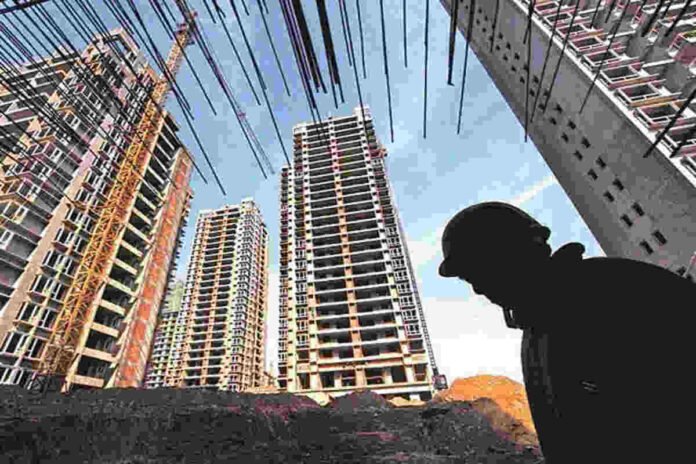New Delhi – The real estate and construction industry, considered the second-largest employment sector in India after agriculture, is currently facing a significant workforce shortage. Prominent industry leaders, including Mr. S.N. Subrahmanyan, CMD of L&T, have voiced concerns regarding the declining availability of skilled and unskilled labor in the construction sector. This concern was further reinforced by Supreme Court Justice B.R. Gavai, who highlighted the impact of government welfare schemes on labor participation.
Addressing the issue, Mr. Niranjan Hiranandani, Chairman of NAREDCO and CMD of Hiranandani Group, emphasized the urgency of skilling programs to bridge the growing gap in workforce demand. “The real estate and infrastructure sectors employ over six crore workers, with a demand for at least two crore skilled workers. By 2030, India will require approximately 10 crore construction workers, out of which 3.3 crore will need to be skilled. The current deficit of one crore skilled workers is projected to increase to two crores in the coming years,” said Mr. Hiranandani.
Mr. G. Rama Reddy, Secretary of CREDAI and Head of ARK Group, echoed similar sentiments, highlighting that major workforce sources, including Bihar, Chhattisgarh, Odisha, Bengal, and Uttar Pradesh, are seeing increased government welfare initiatives, reducing migration to the construction sector. “With rising government support in home states, many workers are choosing stability over migration, particularly in South India, where finding labor has become increasingly challenging,” he noted.
Ritesh Singh, CHRO of Tata Projects, provided an infrastructure sector perspective, acknowledging that both skilled labor shortages and workforce attrition are affecting project execution timelines. “The industry as a whole is experiencing an acute labor crunch, impacting project completion schedules. Additionally, the perception of labor work needs to change—better wages, improved working conditions, and recognition are essential to attract and retain workers,” he said.
Gulam Zia, Senior Executive Director at Knight Frank India, brought attention to the global demand for skilled Indian labor. He noted that Indian workers are increasingly being recruited in the Middle East, Israel, and potentially in post-war regions such as Ukraine and Russia, further intensifying domestic labor shortages. “The competition for skilled labor is now international. Countries like Saudi Arabia and the UAE offer significantly higher wages, making it imperative for India to enhance its labor welfare measures to retain talent,” he remarked.
Industry leaders collectively urged the government and private sector to invest in large-scale skill development programs, offer better incentives for construction workers, and improve living conditions to make the sector more attractive. They emphasized that automation and technology adoption would play a crucial role in mitigating workforce shortages, particularly in large-scale projects.
With India poised to become a global hub for skilled labor, industry leaders advocated for collaborative efforts between the government, industry associations, and private companies to create a structured framework for skill development, worker welfare, and technology integration.


